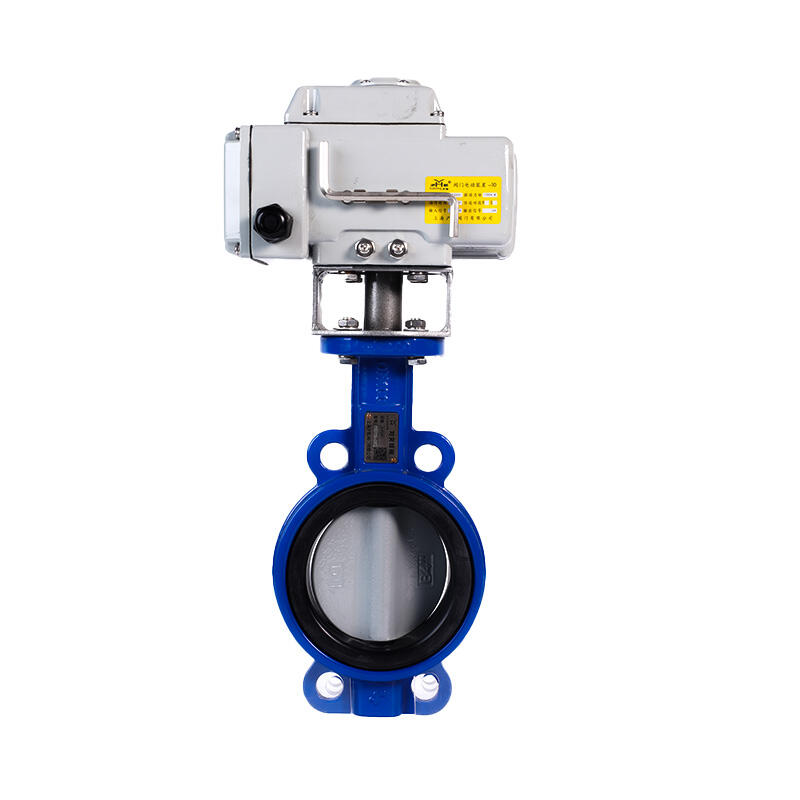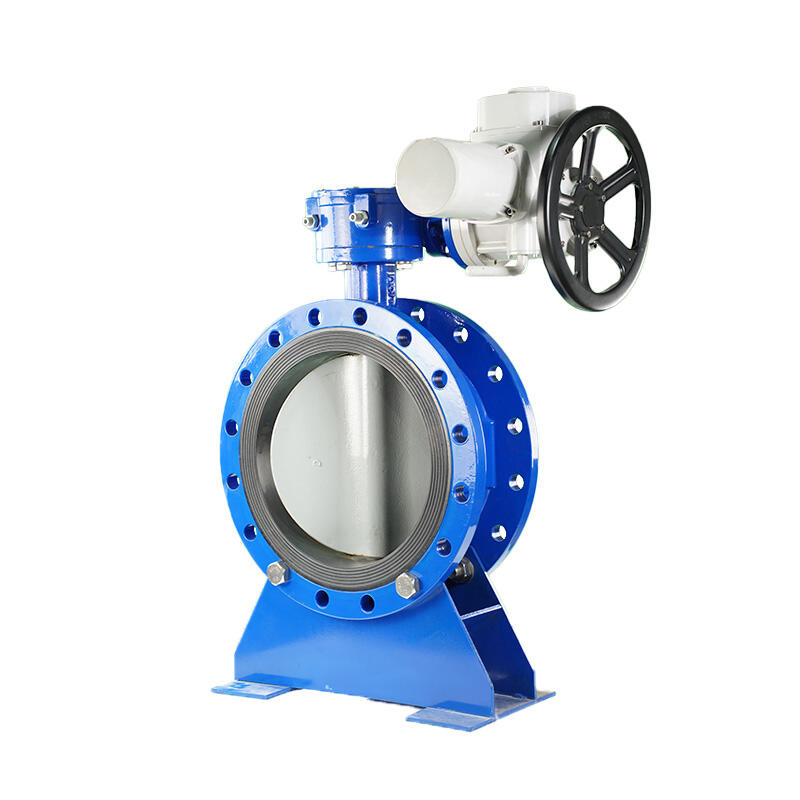Understanding the Engineering Marvel of Modern Flow Control Systems
Industrial flow control systems represent a critical component in today's manufacturing and processing operations, with butterfly valves standing at the forefront of efficient fluid management solutions. A butterfly valve serves as a vital flow regulation device that combines simplicity in design with remarkable effectiveness in controlling the movement of liquids, gases, and slurries through large-scale piping systems. By incorporating a disk-type element that rotates on a central axis, butterfly valves have revolutionized how industries approach flow control challenges.
The significance of butterfly valves in modern industrial applications cannot be overstated. From water treatment facilities to chemical processing plants, these ingenious devices provide precise control over fluid flow while maintaining system efficiency and reliability. Their compact design and versatile functionality have made them an indispensable component in numerous industrial processes where accurate flow regulation is paramount.
Core Components and Mechanical Design
Essential Parts of a Butterfly Valve
At the heart of every butterfly valve lies a carefully engineered system of components working in harmony. The primary element is the circular disk, precisely machined to fit within the valve body. This disk is mounted on a rotating shaft that extends through the valve body, connected to an actuator or handle for operation. The valve seat, typically made from resilient materials like PTFE or rubber, ensures a tight seal when the valve is closed.
Supporting components include shaft seals, bearings, and body liners that work together to prevent leakage and ensure smooth operation. The valve body itself is designed to withstand varying pressure levels and accommodate different connection types, from wafer-style to lug-type configurations.
Operating Mechanism and Movement Dynamics
The butterfly valve operates through a quarter-turn rotation mechanism, where the disk moves from fully closed (perpendicular to flow) to fully open (parallel to flow) position. This elegant simplicity in operation translates to reduced mechanical stress and wear compared to other valve types. The disk's profile is engineered to minimize turbulence while maximizing flow capacity, incorporating advanced fluid dynamics principles.
Modern butterfly valves often feature precision-engineered offset designs that enhance sealing capabilities and reduce operating torque requirements. These design innovations have significantly improved valve performance and reliability in demanding applications.

Performance Advantages in Industrial Applications
Flow Control Precision and Efficiency
The butterfly valve excels in providing accurate flow control across a wide range of operating conditions. Its disk design allows for precise flow modulation, with many models offering excellent throttling capabilities. The relationship between disk position and flow rate is nearly linear through much of the operating range, making these valves ideal for automated control systems.
In terms of energy efficiency, butterfly valves demonstrate remarkable characteristics. Their design creates minimal pressure drop when fully open, reducing pumping costs and system power requirements. This efficiency advantage becomes particularly significant in large-diameter applications where traditional valve types might introduce substantial flow restrictions.
Space and Weight Considerations
One of the most compelling advantages of butterfly valves is their compact face-to-face dimension. This space-saving design allows for installation in tight spaces and reduces the overall footprint of piping systems. The lightweight construction of butterfly valves also minimizes structural support requirements and makes installation and maintenance procedures more manageable.
When compared to gate valves or globe valves of similar size, butterfly valves typically weigh significantly less and occupy much less space. This characteristic makes them particularly valuable in applications where weight and space constraints are critical factors.
Installation and Maintenance Protocols
Proper Installation Techniques
Successful butterfly valve installation requires careful attention to alignment and positioning. The valve must be installed with the shaft in the correct orientation to ensure proper disk movement and sealing. Adequate clearance must be provided for disk rotation, particularly in wafer-style installations between flanges.
Pipeline stress and proper support are crucial considerations during installation. The valve body should not be used to correct pipe misalignment, as this can lead to distortion and premature failure. Proper gasket selection and installation are also essential for maintaining system integrity.
Maintenance Requirements and Longevity
Butterfly valves are known for their relatively low maintenance requirements when properly installed and operated. Regular maintenance typically involves inspection of seals, checking for wear on the disk edge and seat, and ensuring smooth operation of the shaft and actuator mechanism. Lubrication requirements are minimal, primarily focused on actuator components rather than the valve itself.
With proper maintenance, a quality butterfly valve can provide reliable service for many years. The simple design means fewer components that can fail, and replacement of wear items like seats and seals is generally straightforward when required.
Future Trends and Technological Advances
Smart Valve Integration
The integration of smart technologies is revolutionizing butterfly valve applications. Modern valves increasingly incorporate sensors and digital controls that provide real-time feedback on position, pressure, and flow conditions. This data integration enables predictive maintenance strategies and enhanced process control capabilities.
Advanced actuator systems now offer precise digital control and can be integrated into industrial automation networks. These smart features allow for remote monitoring and control, reducing operational costs and improving system reliability.
Material Innovation and Design Improvements
Ongoing developments in materials science continue to enhance butterfly valve performance and durability. New composite materials and surface treatments are extending service life and expanding application possibilities. Advanced manufacturing techniques, including 3D printing for prototypes and specialized components, are enabling more sophisticated designs with optimized flow characteristics.
Research into new seat materials and sealing technologies promises to further improve valve performance in extreme temperature and pressure applications. These innovations are making butterfly valves suitable for an ever-widening range of industrial processes.
Frequently Asked Questions
What pressure ratings can butterfly valves typically handle?
Standard butterfly valves are typically rated for pressures up to 150 psi, while high-performance models can handle pressures exceeding 740 psi. The specific pressure rating depends on valve design, materials of construction, and size.
How do butterfly valves perform in high-temperature applications?
With appropriate material selection, butterfly valves can operate effectively in temperatures ranging from cryogenic conditions to over 1000°F. Special high-temperature seats and seals are available for extreme temperature applications.
What is the typical lifespan of a butterfly valve?
When properly specified, installed, and maintained, industrial butterfly valves can provide reliable service for 20-30 years. However, actual service life depends on factors including operating conditions, cycling frequency, and maintenance practices.

